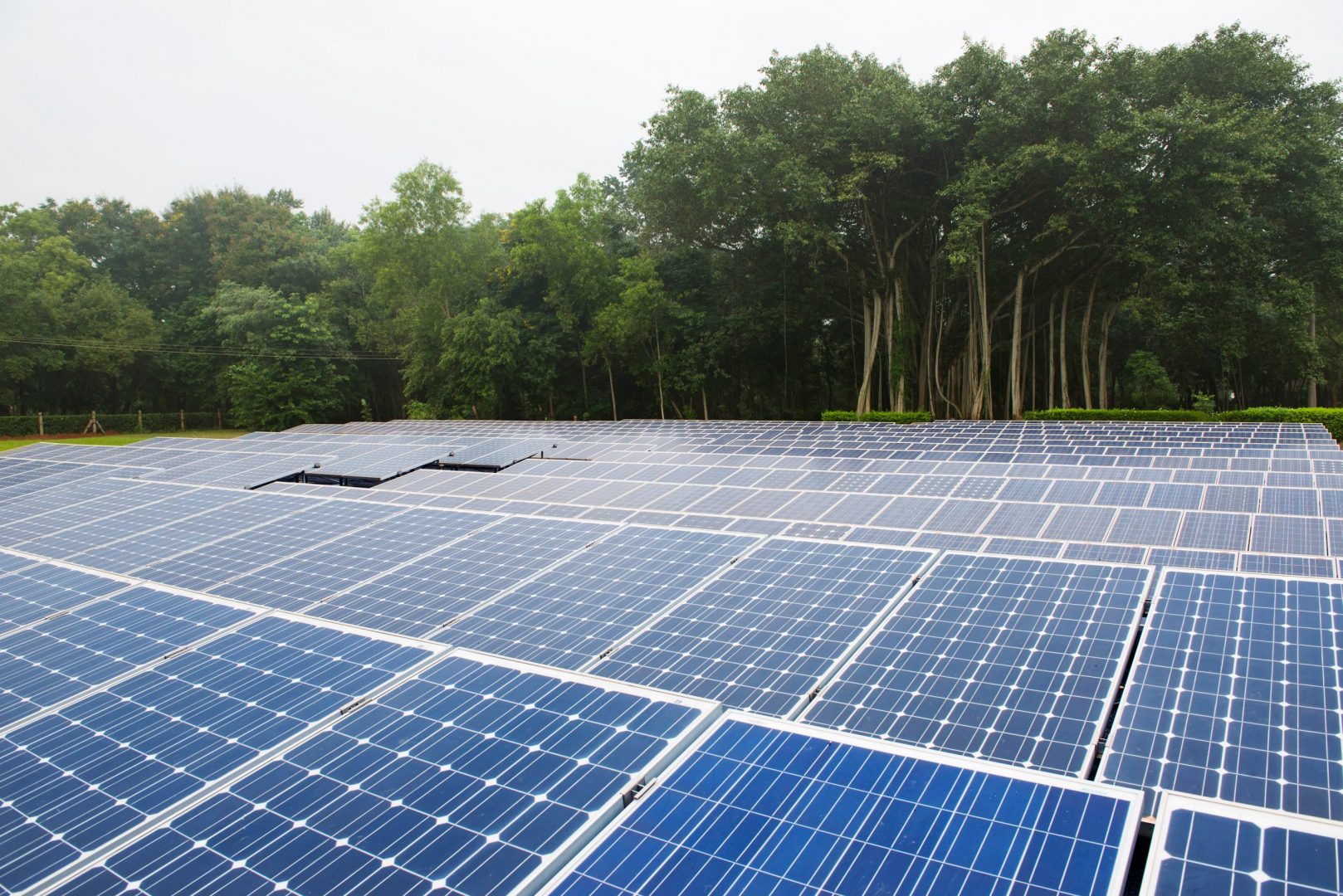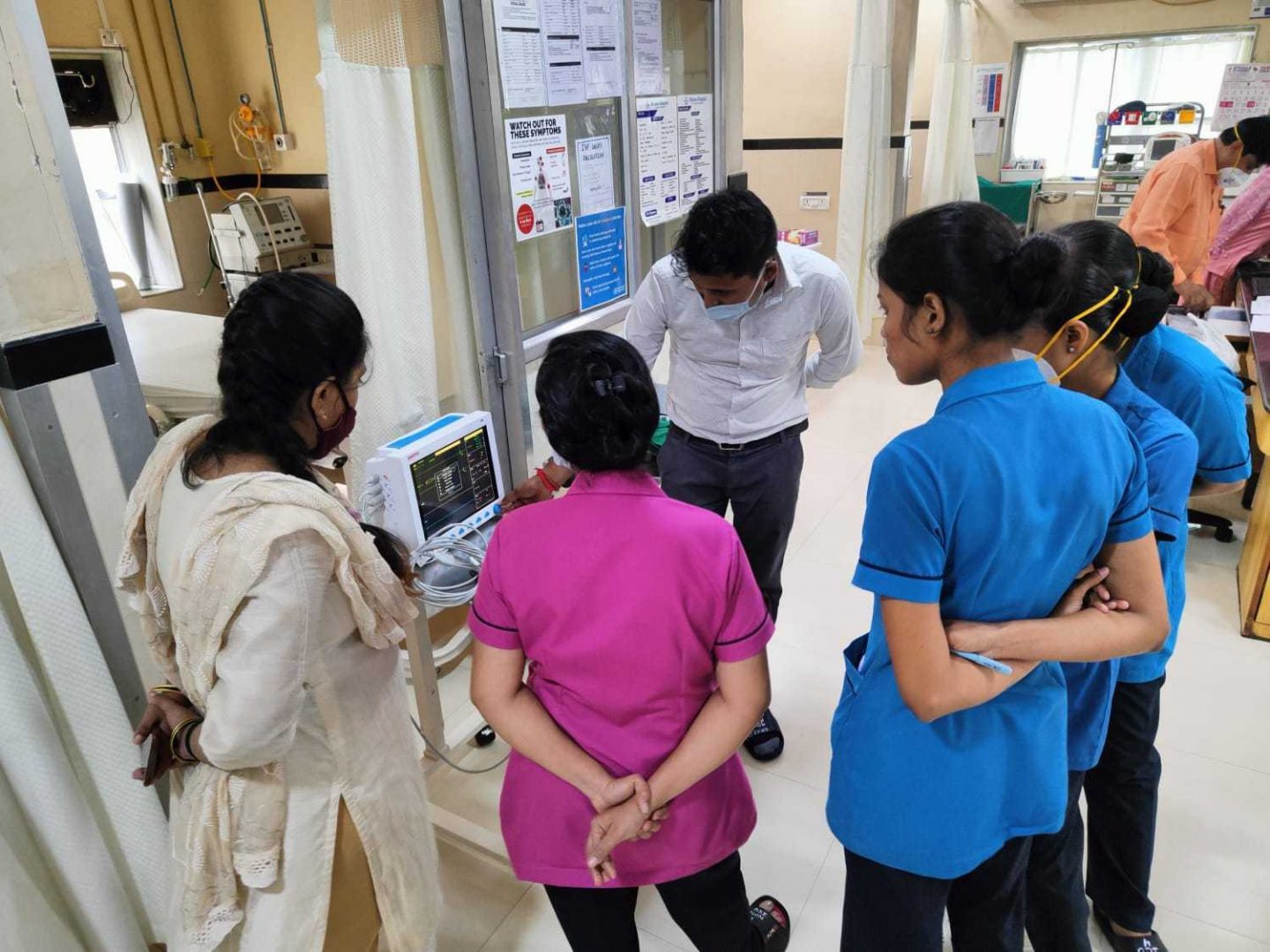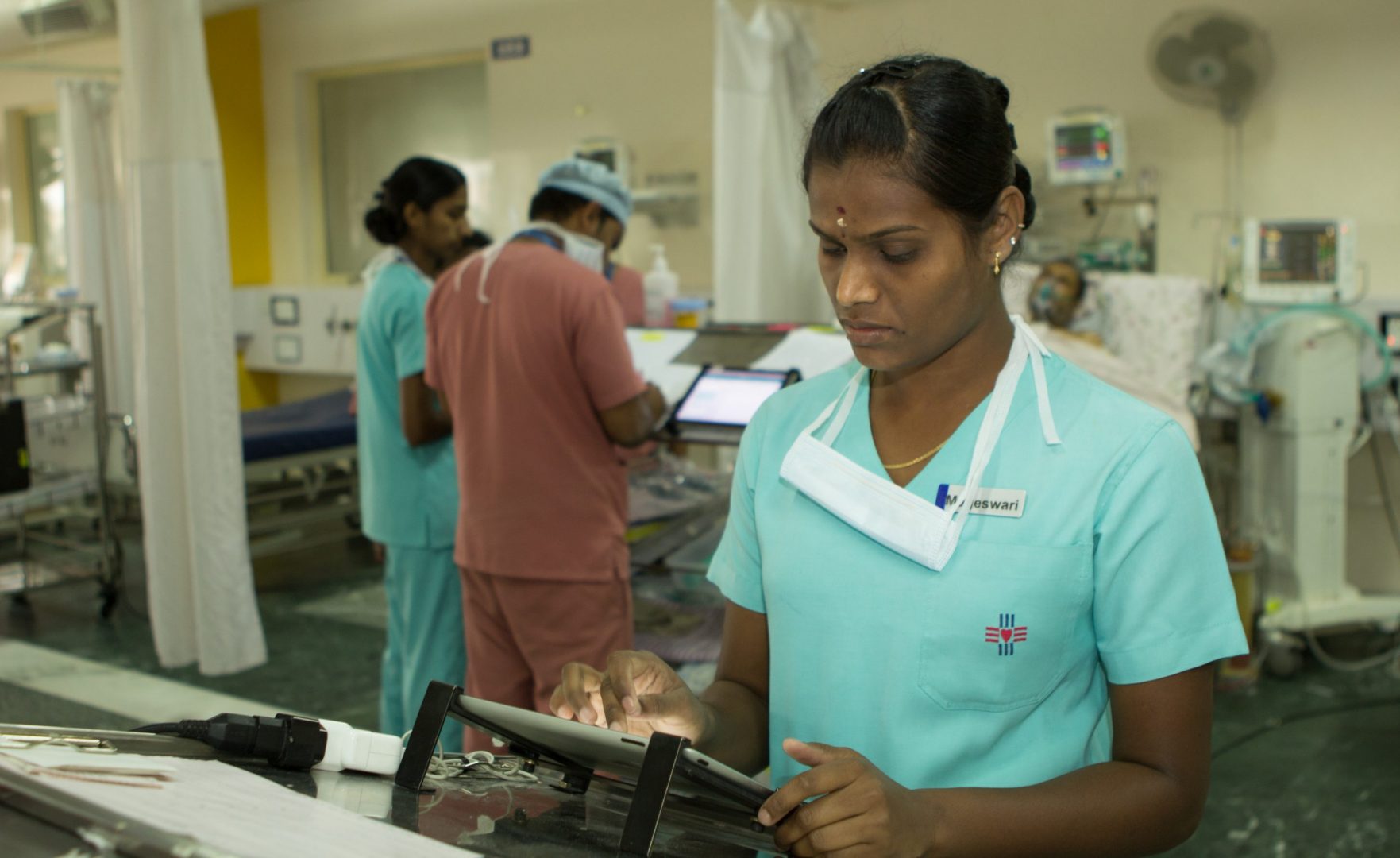The Indian healthcare sector is one of the largest and fastest growing sectors in the country. By 2020, for example, it is expected to become a $280 billion industry. Whilst this growth will likely have a positive impact both economically and socially, healthcare organisations in India need to be considerate of their environmental impact.
Hospitals and medical facilities typically consume large quantities of water. In fact, worldwide they are responsible for using nearly 15% of municipal water – it’s a huge figure when placed in context, as only 1% of total municipal water is used for drinking. It isn’t just with water consumption that healthcare providers can look at ways of reducing their environmental footprint. Electricity is another priority area, as it already accounts for over 50% of a hospital’s energy costs and, with the increased use of specialist medical equipment, energy consumption in hospitals will keep growing steadily.
In India, both water and energy consumption are of acute importance. For example, if the present rate of groundwater depletion persists, only 22 per cent of the present daily per capita water will still be available in 2050, which may possibly force the country to even import its water in the coming years. In the case of energy, power demand is expected to double over the next 20 years.
It’s therefore growing increasing important that health organisations in the country take responsibility for how much of these vital resources they use. At CDC, we’ve been working with healthcare provider, Narayana Health, to look at ways they can reduce water and energy consumption. Having successfully implemented several measures over the space of two years, a workshop was recently held in Bangalore where the Narayana team was able to showcase the considerable achievements they have made with our support.
‘We would not have achieved this without CDC, who provided not only funds but also technical support’ – NH Spokesperson
At Narayana, integrated water audits and water quality monitoring and optimization interventions led to a decrease of the total water consumption by 21% over a 2-year period. This also translated into a reduction of the average daily water consumption per bed by 35%.
In 2017, Narayana also run internal energy audits at 18 facilities and external energy audits at 5 facilities, 2 of which were supported by CDC. Through the implementation of the energy saving actions identified during the audits, it is estimated that Narayana will save 237 INR lac, which is about 360, 000 USD, across its facilities. Narayana is also considering the installation rooftop PV and waste to energy solutions with funds provided by CDC Resource Efficiency Facility.
The workshop was attended by staff from across the country—from Jammu and Kashmir in the North to Guwahati in the East and Karnataka in the South.
In India, the use of water and energy in the most efficient ways are imperative for businesses. Narayana’s experience shows that interventions in the fields of water and energy efficiency have not only resulted in improved environmental performance but also had a positive impact on patient safety. We now plan to share our experiences with other organisations in the sector, so that as the industry grows it can have the best possible impact economically, socially and environmentally.






